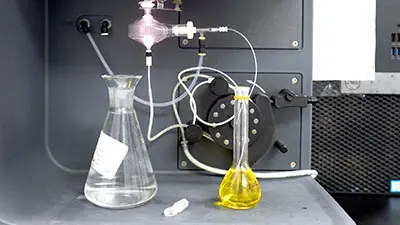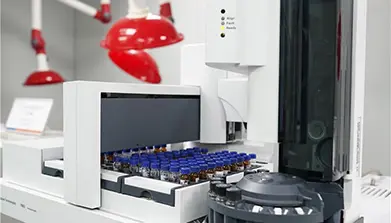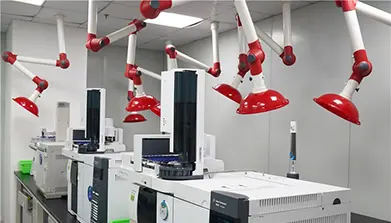European standard sets out the rules for ceramic articles intended to come into contact with food.
At the moment, there is no harmonized legislation exists for the glass sector at EU level yet. So, the directive for ceramics is commonly used for glass as well to ensure that no unacceptable migration of lead and cadmium occurs. The scope of the directive is expected to be expanded to glass materials.
It specifies the maximum quantities of lead and cadmium allowed to migrate from ceramic articles into foodstuffs. The testing will be as below:







